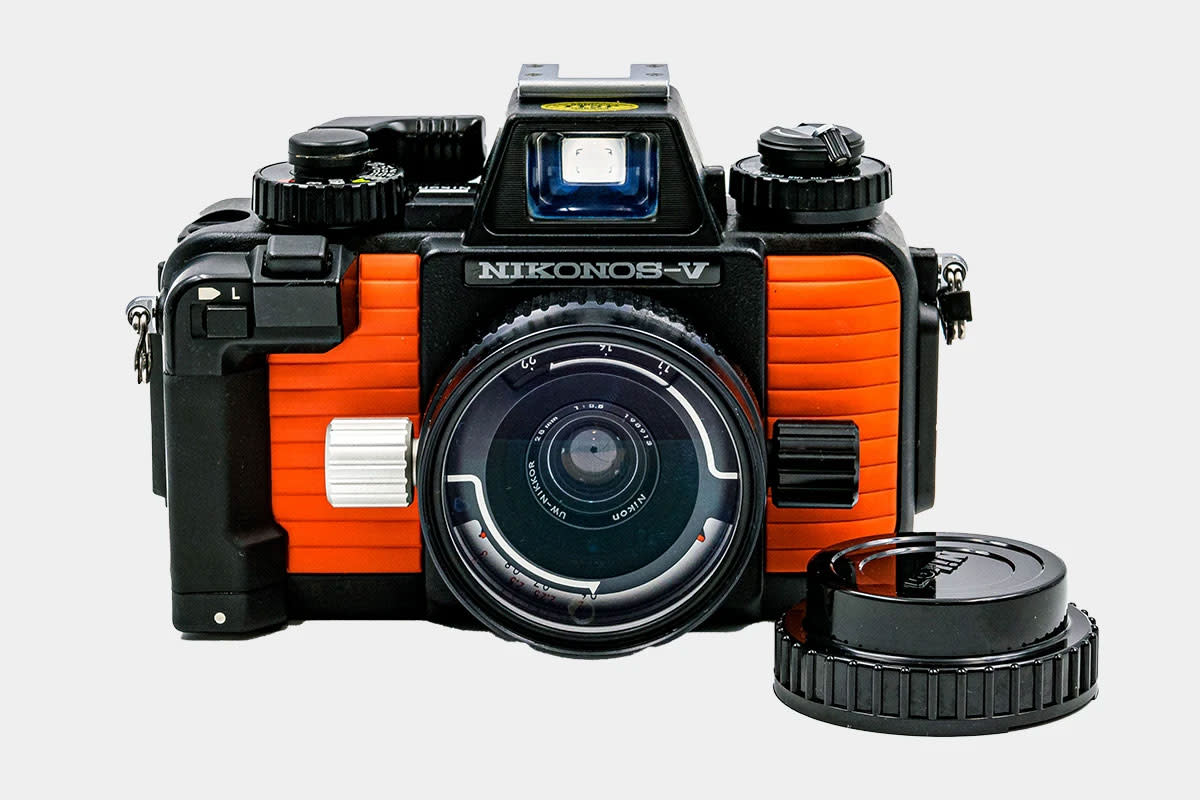Photography is a medium that celebrates the world’s dimensionality, telling stories through images that feel alive. With the advent of 3D cameras, both hobbyists and professionals can elevate their photography, capturing scenes with depth and realism. This guide is designed to help photographers transition from beginners to experts in 3D photography, covering the basics of 3D imaging, understanding equipment, developing shooting techniques, and refining post-processing skills.
Understanding 3D Photography: The Basics
The journey into 3D photography begins with a grasp of the fundamentals, familiarizing yourself with how 3D images work and the principles that make this technology possible.
Grasping the Concept of Depth
Unlike traditional photography, which captures a flat representation of a scene, 3D photography adds a new dimension – literally. 3D cameras use two or more lenses to capture the same scene from slightly different angles, mirroring how our eyes perceive depth. This process creates two overlapping images that, when fused together, produce a single image with the illusion of depth, allowing subjects to seemingly “pop” out of the picture.
Choosing a 3D Camera
As with any photography gear, choosing the right tool is critical. It’s beneficial to select a 3D camera that caters to your comfort level and ambitions. Research different models and brands, focusing on image resolution, lens quality, and ease of use. Look for features that complement your subject matter – whether it’s landscape, portrait, or action photography.
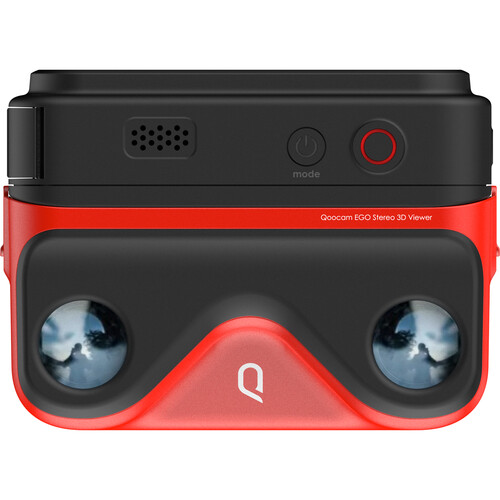
Shooting Techniques: Capturing the World in 3D
Capturing stunning 3D photographs requires a blend of conventional photography skills and a few new techniques unique to three-dimensional imagery.
Composition in 3D Space
Think about composition in terms of foreground, middle ground, and background. The 3D effect is more pronounced when there is a clear separation between these planes. Place an intriguing subject in the foreground to draw the viewer’s eye, and ensure the background adds depth without overwhelming the main focus.
Mastering Camera Settings
When shooting in 3D, it’s crucial to manage your camera settings manually to achieve consistency across both lenses. Pay careful attention to aperture, shutter speed, and ISO, and make adjustments to ensure that both captured images have similar exposures. This will help in creating a 3D image without distracting discrepancies in light and focus.
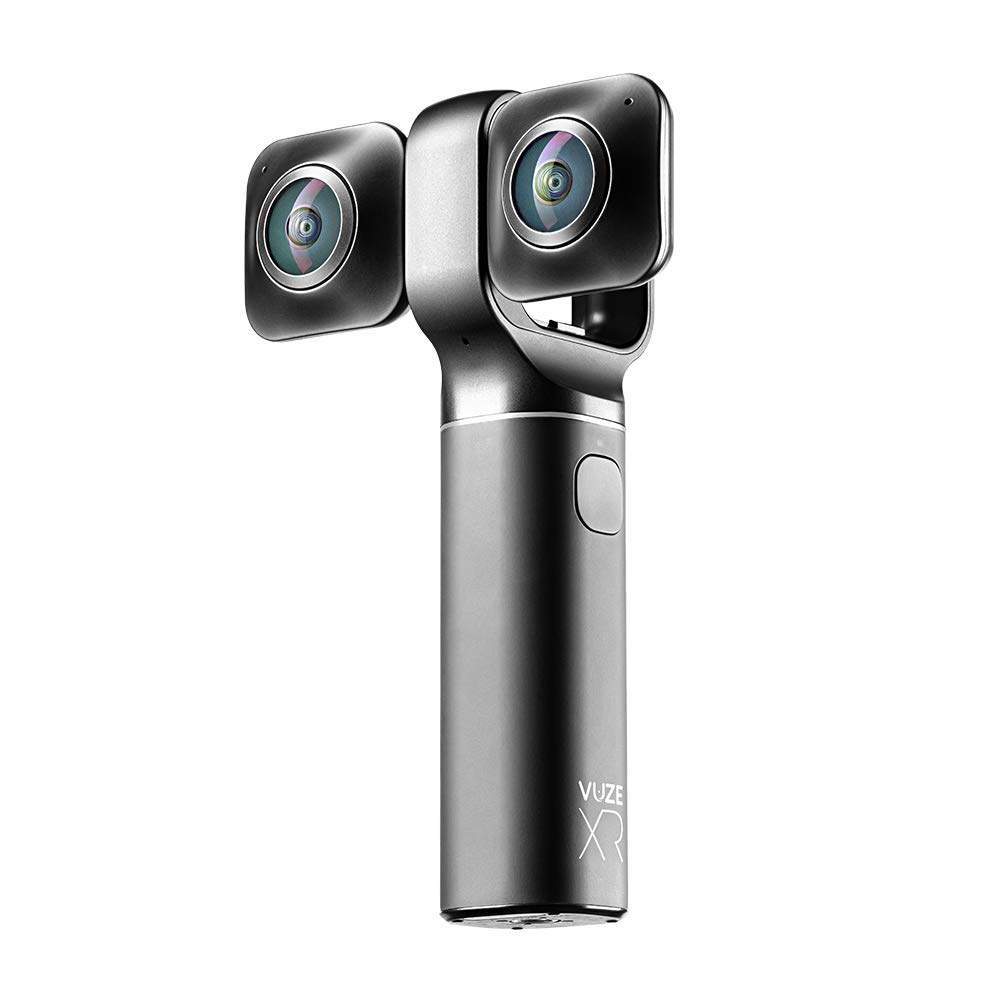
Developing Your 3D Portfolio: Building Skills Over Time
As you become more comfortable with your 3D camera, your portfolio will grow. Continued practice and assessment of your work are necessary to demonstrate improvement.
Regular Practice and Experimentation
Regular use of your 3D camera will help you internalize the nuances of 3D photography. Experiment with different subjects and environments to understand how variables like lighting and movement affect your 3D images. Over time, you’ll develop a sense of what works well in the 3D space and what doesn’t.
Learning from Each Shoot
After each shooting session, review your images critically. Identify what captivated you in the scene and whether that translated effectively into the 3D image. Seek feedback from other 3D photographers and learn from their insights. Every photograph is an opportunity to identify strengths and areas for improvement.
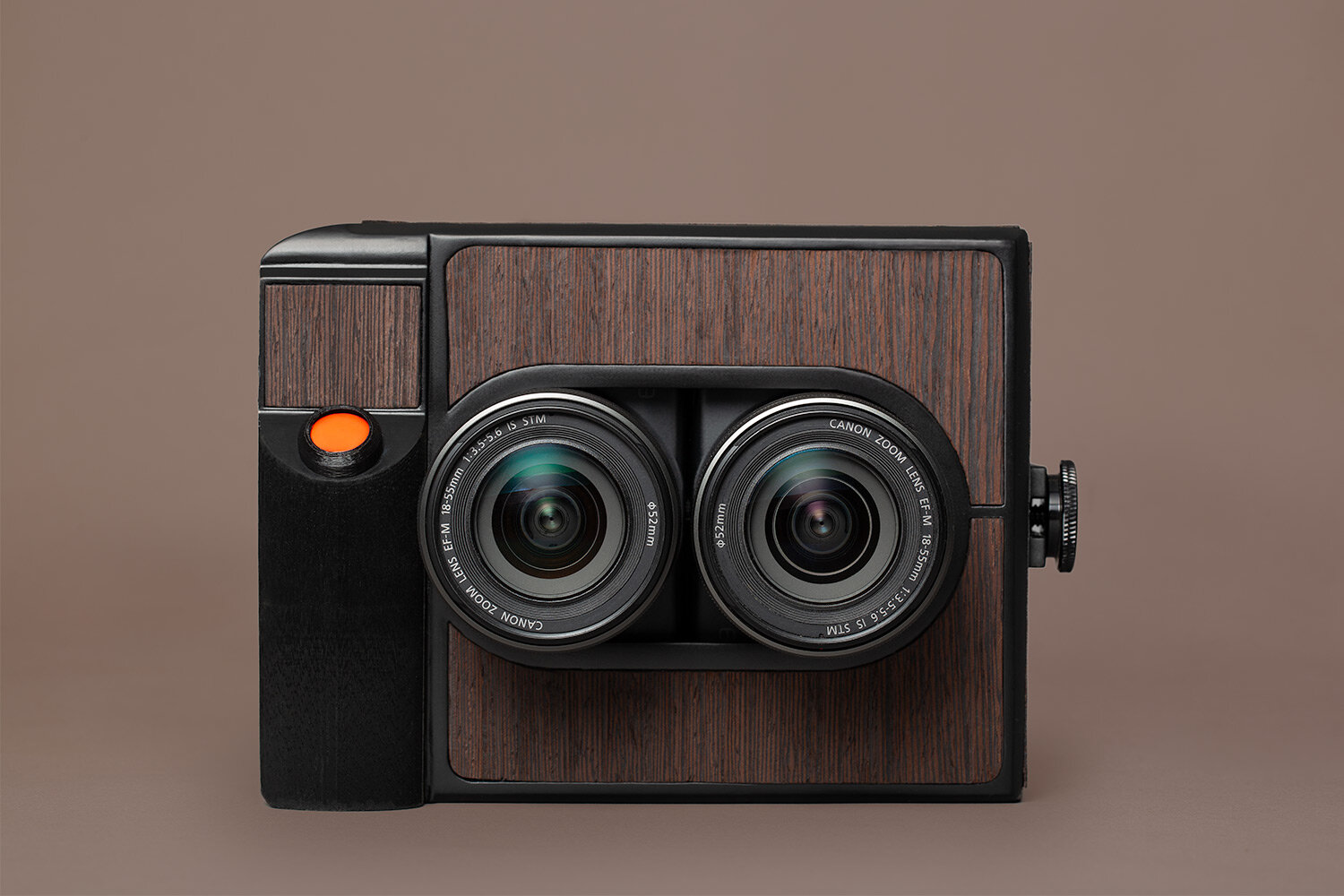
Mastering Post-Processing: Polishing Your 3D Images
In 3D photography, capturing the image is only half the battle. Post-processing plays a significant role in bringing out the full potential of your 3D captures.
Using 3D Editing Software
Learn how to use software specifically designed for 3D photo editing. These programs allow you to align and merge the images captured by the 3D camera’s lenses, adjust depth maps, and fine-tune the stereoscopic effect for a natural and immersive feel. The software may have a learning curve, but mastering it is essential for producing high-quality 3D images.
Perfecting Depth and Realism
In the editing phase, strive to enhance the depth of your image without overdoing the 3D effect, which can result in viewer discomfort. Sharpen the details that contribute to the sense of depth and soften those that detract. Balance contrast and color to ensure that the image looks cohesive and true to life.
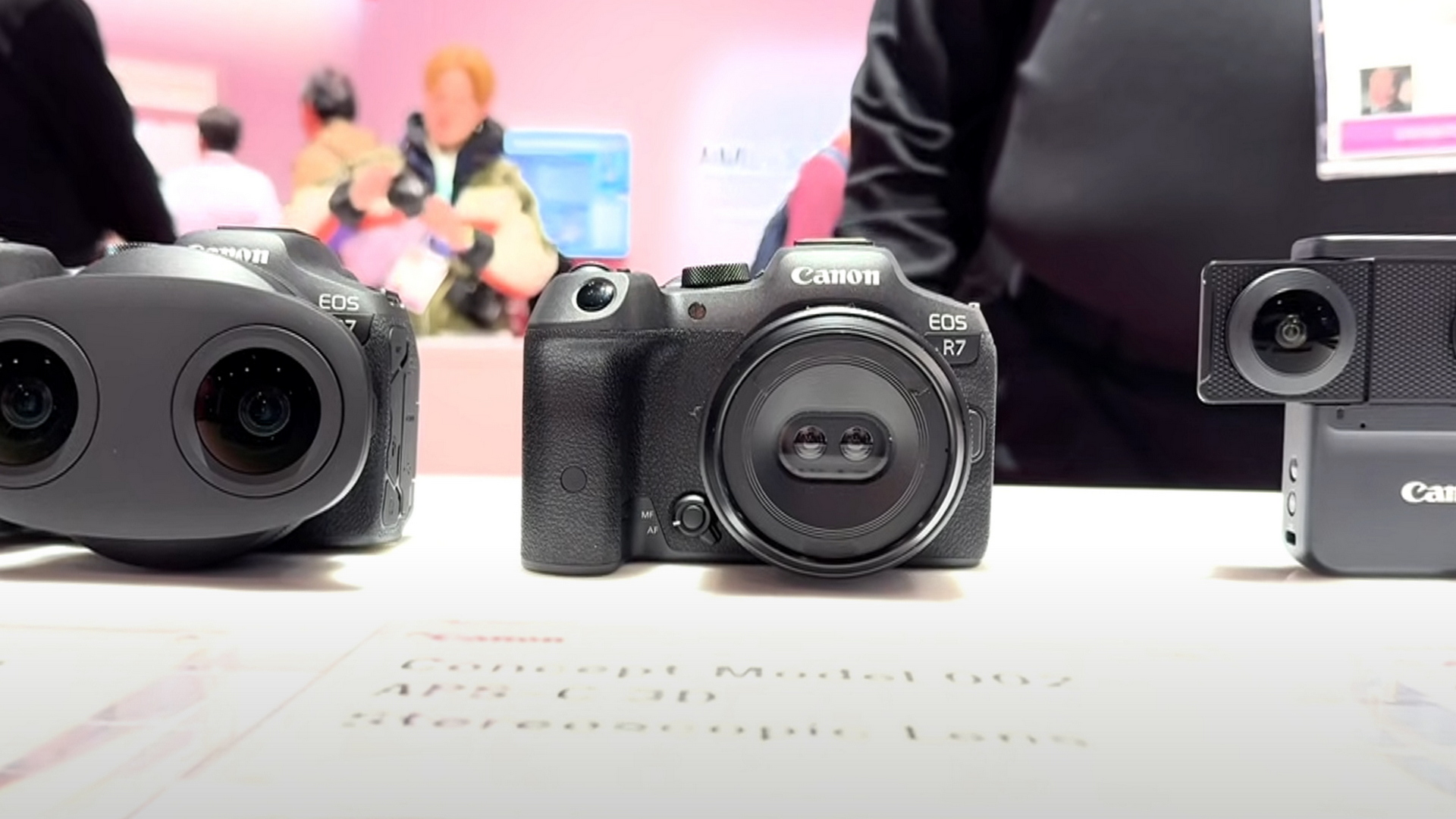
Bridging Creativity and Technology: Embrace Innovation
The realm of 3D photography is constantly evolving, with new technologies emerging to enhance the depth and realism of images. Staying abreast of these innovations is crucial. Attend photography workshops, webinars, and trade shows that focus on 3D and virtual reality (VR) imaging. These platforms offer insights into the latest equipment and software, along with creative techniques shared by leading photographers in the field. Embracing innovation not only improves the technical quality of your work but also expands your creative horizons, allowing you to explore unprecedented forms of storytelling.
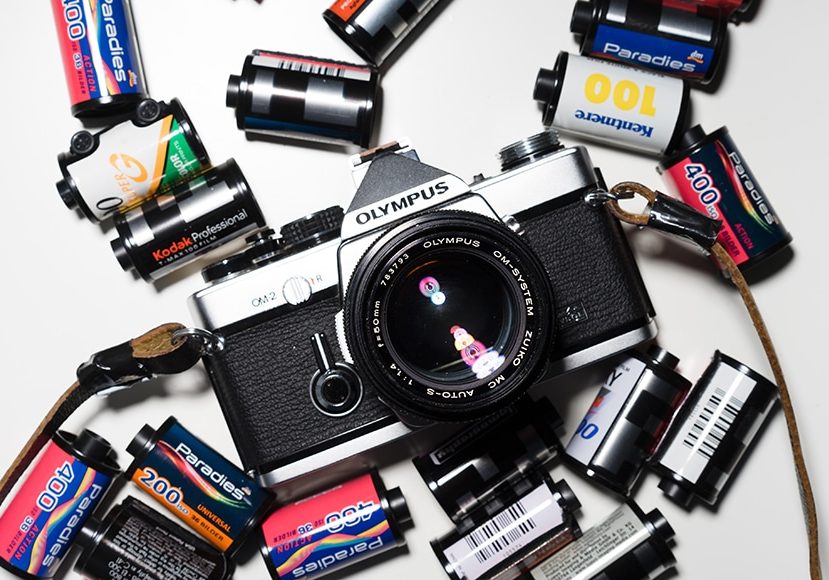
Building a Community: Networking and Collaboration
Photography, even in its 3D form, thrives on community. Connecting with other photographers can lead to collaborations that push your creative boundaries. Join online forums, social media groups, and photography clubs dedicated to 3D imaging. Sharing your work and experiences, asking for feedback, and participating in discussions will expose you to new ideas and perspectives. Collaborations can also lead to joint projects, exhibitions, or even opportunities to co-author publications on 3D photography. The support and inspiration you find in these communities can be invaluable as you progress in your photographic journey.
Reflecting on the Impact: The Power of 3D Photography
As you delve deeper into the world of 3D photography, you begin to appreciate its power to transform perception. 3D images can convey the complexity of a scene with much more depth and nuance than traditional 2D photographs. They invite the viewer to linger, exploring the layers of the image and experiencing a more immersive connection with the subject. This unique capability of 3D photography opens up new avenues for storytelling, enabling photographers to capture not just moments, but the essence of their experiences. Whether it’s the grandeur of a landscape or the intimate details of a still life, 3D photography brings a dynamic perspective, enriching the viewer’s understanding and appreciation of the scene.
By understanding 3D photographic principles, mastering camera operation, practicing regularly, and refining post-processing techniques, you will see significant improvements in your portfolio. Transitioning from novice to pro in 3D photography is not an overnight process; it takes time, patience, and a dedicated approach to learning. Remember that every photograph is part of your journey as an artist. As you progress, trust your creative instincts and continue to push the boundaries of this exciting photographic format. With dedication and practice, you can unlock the full spectrum of possibilities that 3D photography offers, creating images that not only capture scenes but also captivate audiences with their depth and realism.
